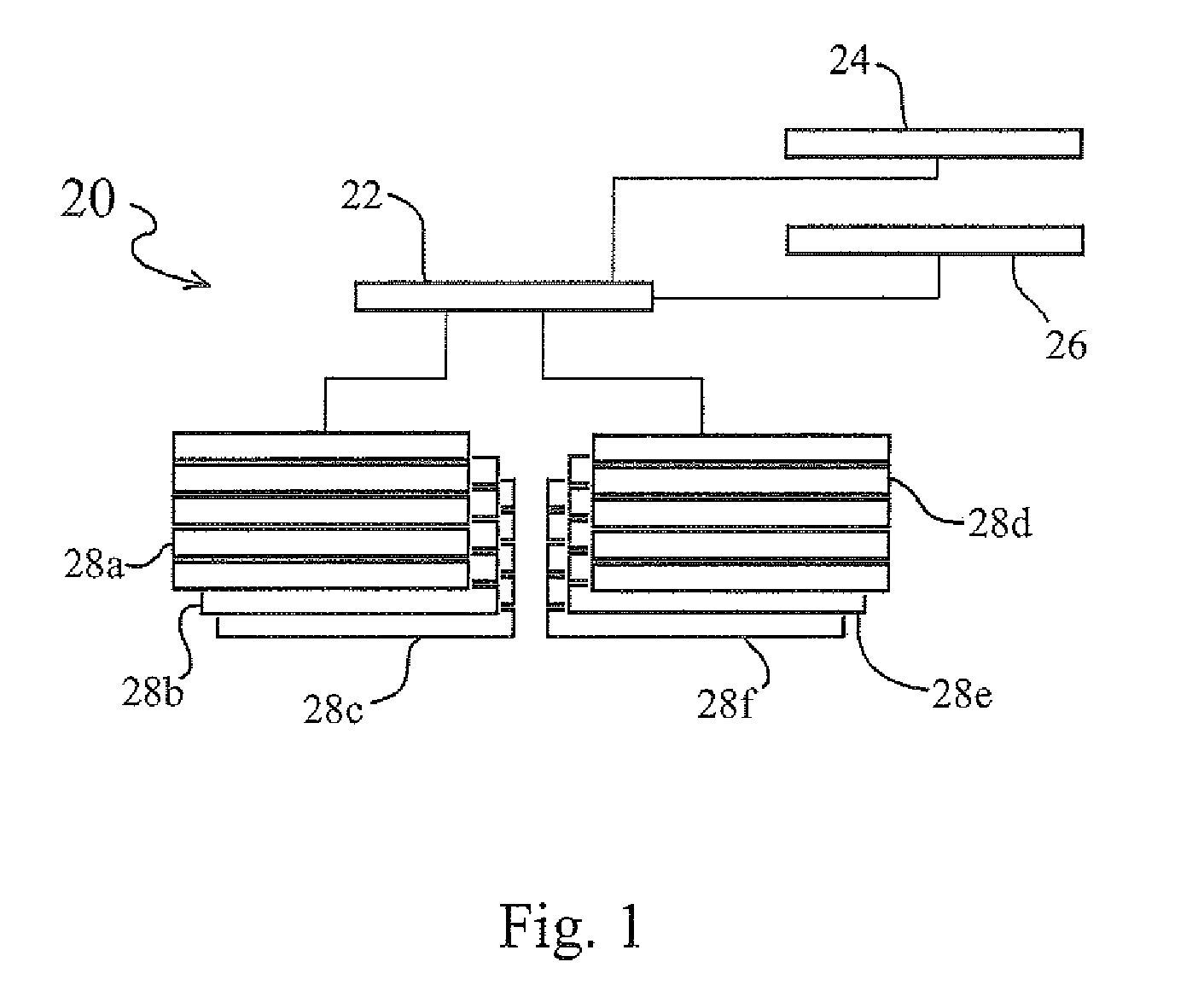Method and system for processing a volume visualization dataset
a visualization dataset and volume technology, applied in the field of computer processing, can solve problems such as data access bottlenecks, no good mechanisms to dictate, and render the large processing power useless
- Summary
- Abstract
- Description
- Claims
- Application Information
AI Technical Summary
Benefits of technology
Problems solved by technology
Method used
Image
Examples
example
[0043]Volume visualization is an application that requires both high computation power and large amount of storage. An application commences by making a request for resources to render a volume data, for example, a CT-scan of a human body. The request goes to a resource manager on the computer network and the task scheduler module software is invoked. In the task scheduler module, the software splits the volume data into available GPUs and formulates job assignments for computers in the system. The application is notified by the resource manager of a master node to communicate with to solve the problem. The task in this case is to interactively render a 3D volume of the data. Each computer node receives a task assignment and begins loading its portion or subset of the data from the storage device on which it is located (e.g., it is on storage or that on another networked storage device) onto its associated RAM. The loading of the subset volume data is done in parallel, thus reducing...
PUM
 Login to View More
Login to View More Abstract
Description
Claims
Application Information
 Login to View More
Login to View More - R&D
- Intellectual Property
- Life Sciences
- Materials
- Tech Scout
- Unparalleled Data Quality
- Higher Quality Content
- 60% Fewer Hallucinations
Browse by: Latest US Patents, China's latest patents, Technical Efficacy Thesaurus, Application Domain, Technology Topic, Popular Technical Reports.
© 2025 PatSnap. All rights reserved.Legal|Privacy policy|Modern Slavery Act Transparency Statement|Sitemap|About US| Contact US: help@patsnap.com



